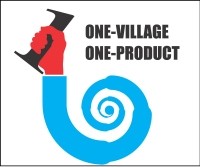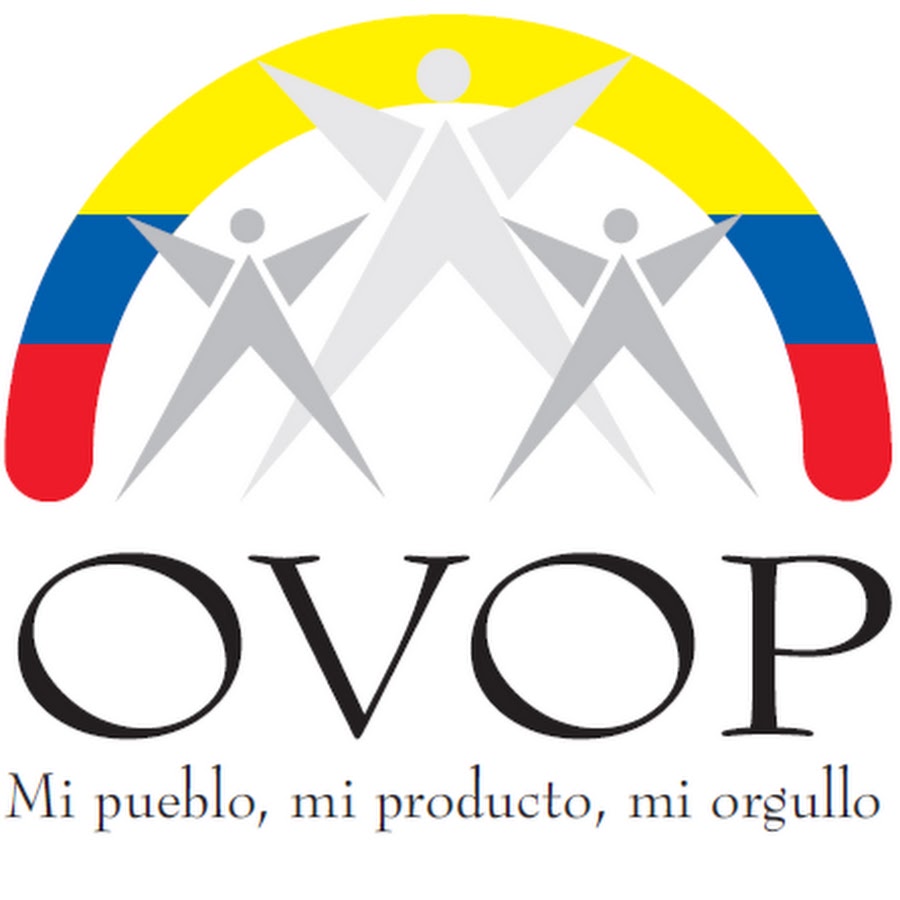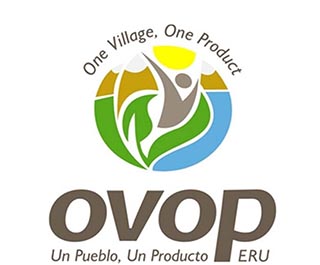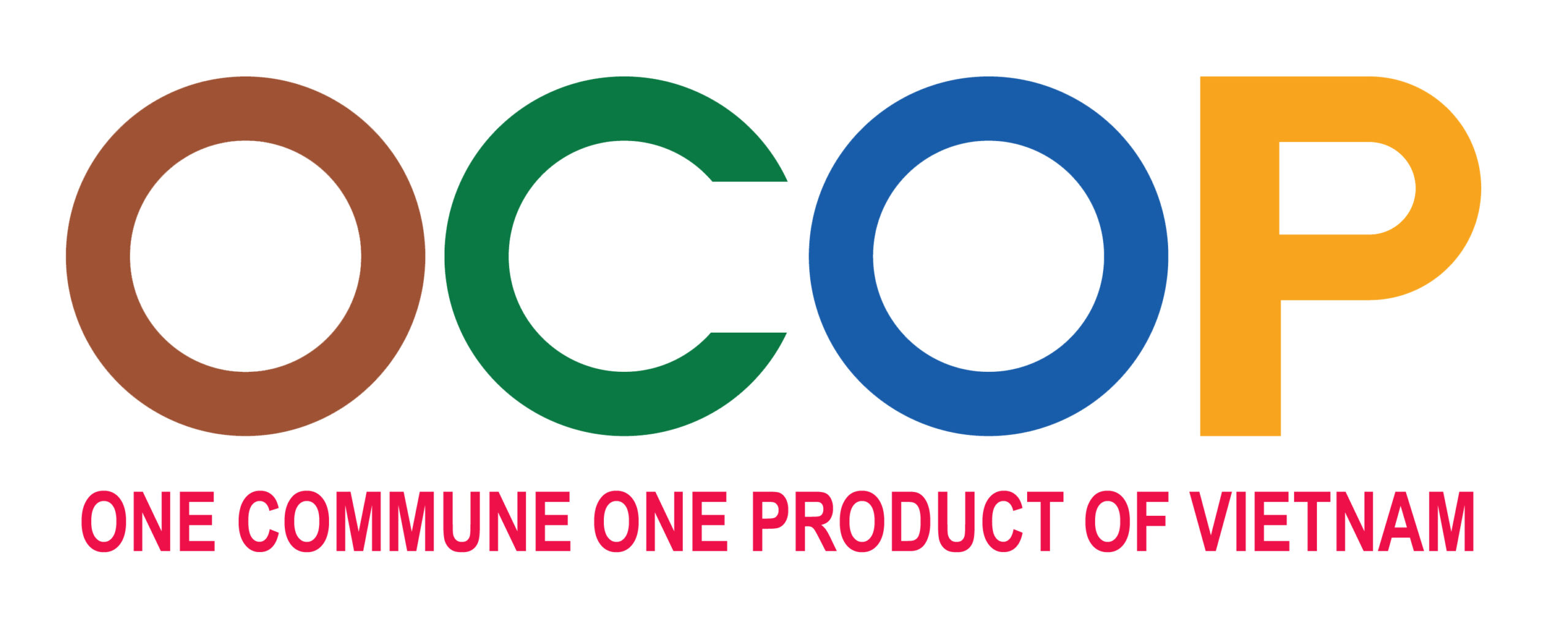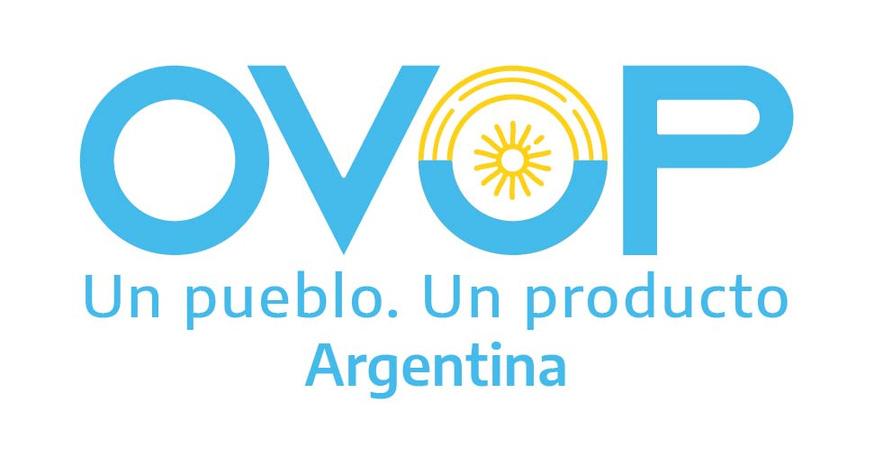The global market for home accessories is estimated to be at least US$ 100 billion according to a study done by US Aid on the “Global Market Assessment for Handicrafts”. The United States of America remains the largest importer of the home accessories with a total value of US$ 67 billion. According to the U.S. Department of Commerce, the United States market has a strong desire for the unique, the interesting, and products with a history. However, the US market is very price sensitive, and hence the price per unit realized in this market tends to be lower than in other countries. Nevertheless, the US remains traditionally a strong market, and continues to grow, fuelled by multiethnic immigration.
Crafts are part of a much larger home accessory market, which includes handcrafted, semi-handcrafted, and machine-made goods. This market is strongly influenced by fashion trends, consumer purchasing patterns, and economic conditions in the end markets. The growth of international markets for Home accessories, and an increased interest in ‘global’ goods, sustainability, social and environmental awareness have opened up new market opportunities for artisans and handmade, handcrafted products. However, although the market is slightly growing, changes in the world market have affected the opportunities for Vietnamese crafts in the international marketplace, which can be broadly summarised as follows:
- The flood of less expensive goods from China in the market.
- Changes in legislation/certification processes affecting export/sale of certain product groups.
- Financial crisis resulting on a downward pressure on price points and reduced capacity of importers to take stock risk.
- Need within markets for more streamlined cost-effective buying practices
- The rise of retail direct-import buying practices.
- Negative perceptions about process, communication, services, amongst some international buyers.
- International travel concerns generally.
- High competition in the sector internationally.
- Relatively complex supply chain compared to competitor sectors and growing concern amongst importers/consumers regarding supply chain management/costs and sustainability (fair trade/environmental) issues.
- Lack of conduit and coordinated approach to a sector to meet market needs, build the capacity of artisans and realize market potential through clearly developed promotional plans appropriate to specific segments.
- Low level technology, and lack of new technical innovations in the craft production area.







